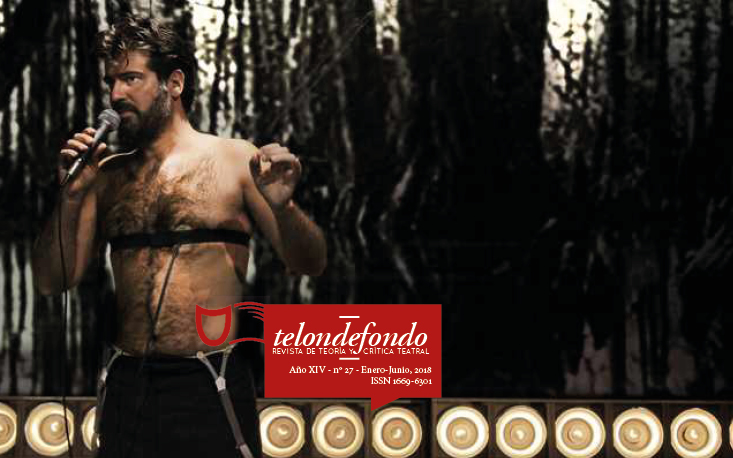Las condiciones laborales de los/as bailarines/as durante la primera mitad del siglo XX
Resumen
El artículo describe y analiza críticamente las condiciones laborales de las/os bailarines del circuito oficial y no-oficial de la danza, en Capital Federal (Buenos Aires, Argentina), durante la primera mitad del siglo XX, haciendo particular hincapié en la época del primer peronismo (1946-1955). El artículo propone que en las décadas de 1940 y 1950 la práctica de la danza se profesionalizó, y detalla uno de los aspectos de esto: el laboral. Se sostiene que gracias al contexto político y social basado en la defensa de los derechos de los/as trabajadores/as, los/as bailarines del ámbito oficial (Teatro Colón) consiguieron avanzar en sus derechos laborales. Por otra parte, se plantea que debido al origen de la danza moderna local (la compañía privada “Ballet Winslow”), también en la misma época, se instaura otro tipo de producción en la práctica de la danza argentina, signado por la precarización laboral de los/as bailarines, que persiste hasta la actualidad en el ámbito no-oficial.Descargas
Los autores/as que publiquen en esta revista aceptan las siguientes condiciones:
-
Los autores/as conservan los derechos de autor y ceden a la revista el derecho de la primera publicación, con el trabajo registrado con Licencia Creative Commons Atribución-NoComercial-CompartirIgual 4.0 Internacional, que permite a terceros utilizar lo publicado siempre que mencionen la autoría del trabajo y a la primera publicación en esta revista.
-
Los autores/as pueden realizar otros acuerdos contractuales independientes y adicionales para la distribución no exclusiva de la versión del artículo publicado en esta revista (p. ej., incluirlo en un repositorio institucional o publicarlo en un libro) siempre que indiquen claramente que el trabajo se publicó por primera vez en esta revista.
-
Se permite y recomienda a los autores/as a publicar su trabajo en Internet (por ejemplo en páginas institucionales o personales).











